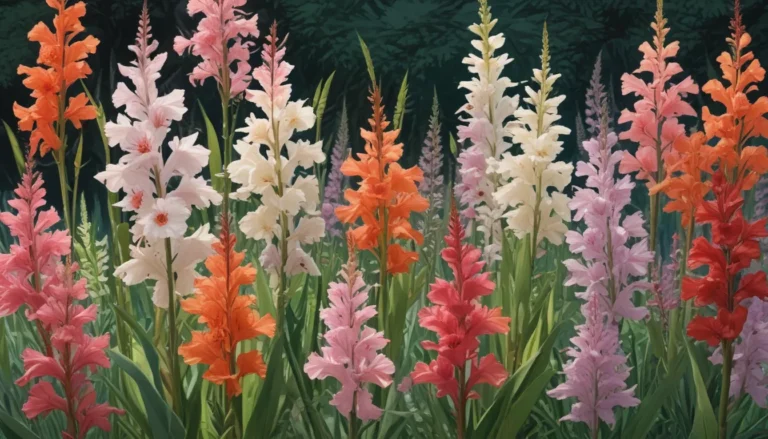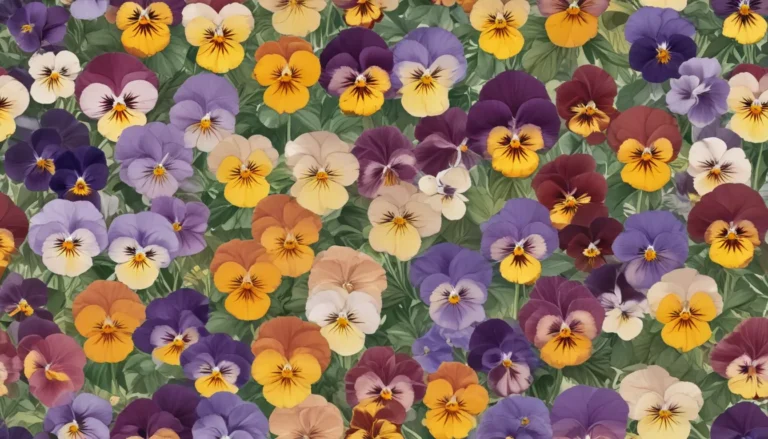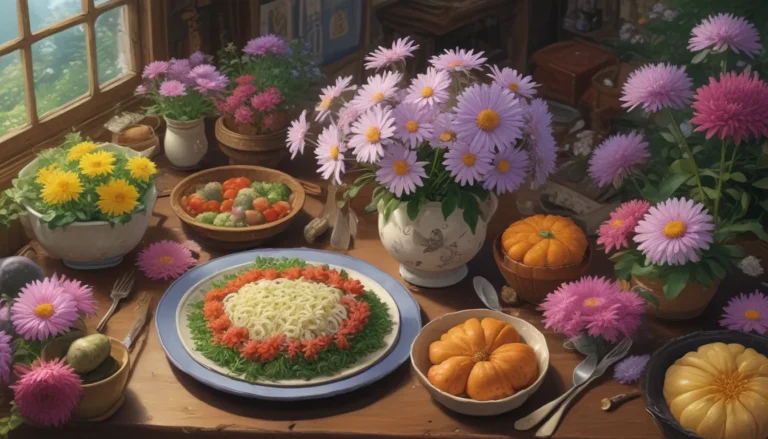Everything You Need to Know About Growing Garden Pinks for Old-Fashioned Charm

Are you looking to add a touch of old-fashioned charm to your garden? Then look no further than the delightful garden pinks, also known as Dianthus plumarius. These beloved flowers are cherished for their sweetly spicy fragrance, frilled flowers in shades of pink, red, and white, and their full flowering season. Similar to carnations, garden pinks are easy to grow and are among the best scented perennials you can have in your garden. Plus, they make fantastic additions to freshly cut flower bouquets!
Let’s dive into all the details you need to grow beautiful garden pinks yourself.
What You Will Learn
- Cultivation and History – Propagation – How to Grow – Growing Tips – Pruning and Maintenance – Cultivars to Select – Close Relations
Cultivation and History
Dianthus is a large genus with over 300 species that are native to Asia, Europe, and Japan, with a North American alpine species as well. The name Dianthus is derived from the Greek words dios (god) and anthos (flower), meaning “divine flower” or “flower of the gods”.
Garden pinks, or Dianthus plumarius, are a species within the Dianthus genus and have a rich history. They are also known as common, cottage, Scotch, or wild pinks, and are native to central Europe. With a mat-forming growth habit, garden pinks reach 1-2 feet tall and are hardy in Zones 4-9.
These pretty flowers bloom from May to July and come in a variety of colors like maroon, mauve, purple, pink, red, and white. Their colorful petals have various patterns and often feature a contrasting eye. Beloved for their fringed flowers and spicy fragrance of cloves, garden pinks have been cultivated for centuries and have made appearances in European art works and texts.
When it comes to propagation, garden pinks can be grown from seed or cuttings. Starting seeds indoors and taking non-flowering cuttings in the summer are excellent ways to propagate these lovely flowers.
How to Grow
Garden pinks thrive in a light, fluffy soil with a sandy, loamy texture and neutral to slightly limey pH. They require good drainage, dry to medium moisture levels, and at least six hours of full sun per day. While they can tolerate humidity, it’s essential to ensure proper air circulation to prevent fungal infections.
These perennial flowers are short-lived and may require renewal every 3 to 4 years. Deadheading spent flowers and proper spacing are crucial for their maintenance and renewal.
Growing Tips
Here are some handy tips to help you grow healthy and vibrant garden pinks:
- Hardy in Zones 3-9, provide thick mulch in winter for protection – Old-fashioned varieties will self-seed readily – Replace plants every 3-4 years for vibrancy – Deadhead spent flowers for a longer bloom period – Plants are deer resistant
Cultivars to Select
There are several cultivars of Dianthus plumarius that you can choose from, each offering unique colors and characteristics. Some popular cultivars include:
- ‘Sweetness’ – ‘White Lace’ – ‘Georgia Peach Pie’ – ‘Sonata’ mixed
Each of these cultivars has its own special traits, from vibrant colors to compact growth habits. Check out these varieties to see which ones would be perfect for your garden.
Close Relations
Apart from Dianthus plumarius, there are other species commonly known as garden pinks:
- Cheddar Pinks, D. gratianopolitanus – China Pinks, D. chinensis – Sweet William, D. barbatus
Each of these species has its own unique features and growing requirements, so be sure to explore them to add diversity to your garden.
Managing Pests and Problems
Garden pinks may face issues like leaf spot bacteria, spider mites, aphids, and crown rot. Proper care and maintenance, along with good drainage and air circulation, can help prevent these problems. Remember that slugs, snails, and deer usually avoid these flowers!
Best Uses in the Garden
Whether you prefer compact, mid-sized, or tall garden pinks, there’s a cultivar that will suit your garden perfectly. From beds and borders to containers, cutting gardens, and ground covers, these lovely flowers can enhance any garden space.
Final Thoughts
By now, you should have a good understanding of how to grow and care for garden pinks in your garden. These old-fashioned favorites bring a touch of charm and fragrance to any outdoor space, making them a must-have for any flower enthusiast.
If you have any questions about garden pinks or other Dianthus species, feel free to reach out in the comments below. And don’t forget to explore our other guides on growing and caring for various Dianthus flowers!
Let your garden bloom with the timeless beauty of garden pinks – you won’t be disappointed!
Thank you for reading this comprehensive guide on growing garden pinks for old-fashioned charm. We hope you found it informative and inspiring for your gardening endeavors. Happy planting!





